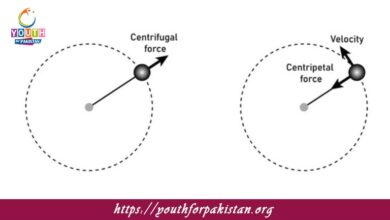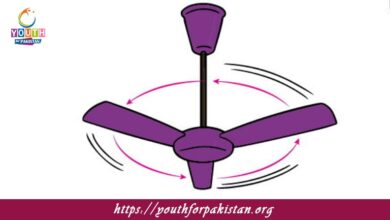Newton’s Laws Of Motion MDCAT Quiz with Answers

Newton’s Laws Of Motion MDCAT Quiz is physical principles laying down the base of classical mechanics. In the case of MDCAT students, this becomes fundamental in understanding how forces affect an object in motion. According to Sir Isaac Newton, his three laws describe the relationship between an object’s motion and the forces acting on it. These are the major constituents that make up a significant proportion of the MDCAT Quiz. Sound knowledge of these laws, therefore, becomes very important in solving problems in mechanics which include forces, velocity, and acceleration, most of which are frequently encountered in the MDCAT exam.
Understanding Newton’s Laws of Motion
Newton’s First Law of Motion, also referred to as the Law of Inertia, stipulates that an object at rest will remain at rest, and that an object in motion will continue moving with the same velocity and in the same direction unless acted upon by some other force. The law clarifies the idea of inertia—the resistance of an object to changes in its state of motion. This law provides the quantitative relationship between force, mass, and acceleration. Finally, Newton’s Third Law of Motion states that for every action, there is an equal and opposite reaction. This principle explains how forces are exerted in pairs and is vital for understanding interactions between objects.
MDCAT Quiz: Newton’s Laws of Motion Questions
The MDCAT Quiz will include questions in which the student is expected to use Newton’s Laws to solve different types of mechanics problems. This would involve calculation of force, acceleration, or velocity of moving objects. For instance, one might be asked to calculate the acceleration of an object given a certain force applied or to find the force exerted by an object in response to some external interaction. One must be thoroughly familiar with the equations and principles behind Newton’s laws in order to sort out these kinds of problems quickly. The more practice students give to MDCAT Quiz questions related to Newton’s Laws, the greater their grasp of how to approach physics problems having forces and motion.
- Test Name: Newton’s Laws Of Motion MDCAT Quiz
- Type: Quiz Test
- Total Questions: 30
- Total Marks: 30
- Time: 30 minutes
Note: Answer of the questions will change randomly each time you start the test, once you are finished, click the View Results button.
Free Flashcards for Newton’s Laws of Motion
The best way to reinforce the basic concepts of Newton’s Laws of Motion for MDCAT preparation is through free flashcards. Flashcards can help a student memorize the definitions, equations, and applications of each law so that one can be well prepared to apply them to solve problems in the MDCAT Quiz. Regular use of flashcards helps quickly recall core principles of Newton’s laws, hence making it easier to tackle questions relating to force, mass, and acceleration. With these flashcards incorporated into your study routine, you will be able to improve your problem-solving skills in Newton’s Laws and gain confidence for the MDCAT exam.
Experience the real exam environment with our expertly designed collection of over 25,000 MCQs MDCAT Mock Tests.






